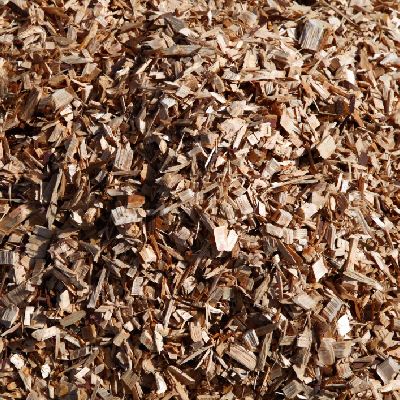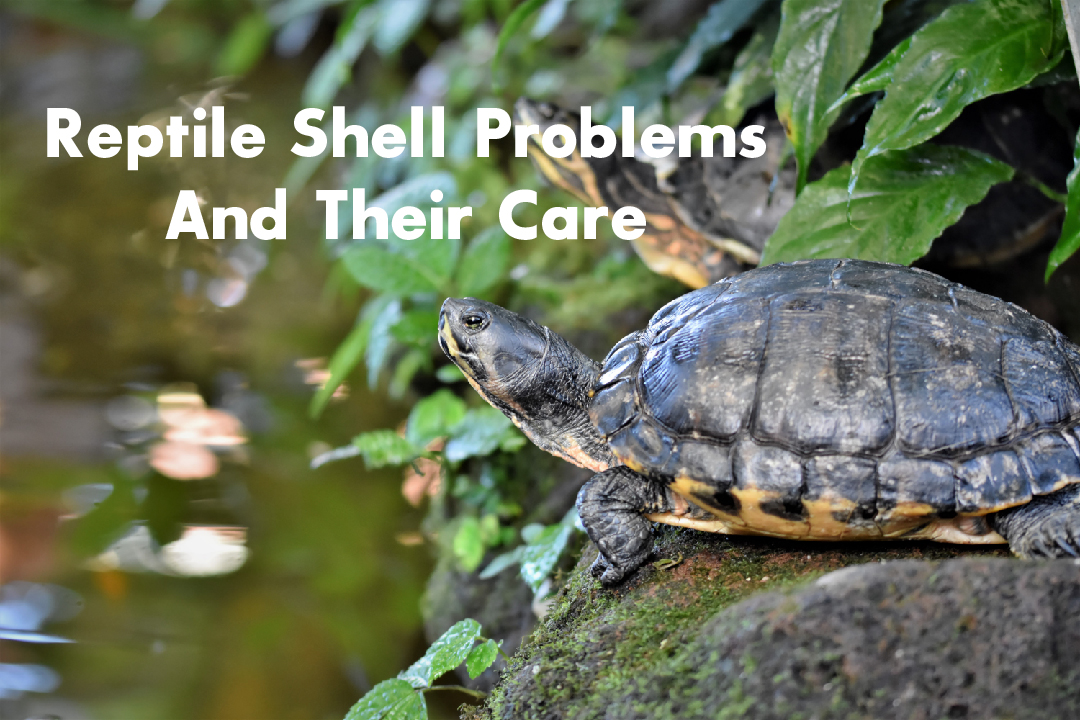A turtle’s or tortoise’s shell, otherwise known as carapace (upper side of the shell) or plastron (bottom of the shell), is not just a covering but also a means of protection from predators. The shell is infused with nerves and blood vessels and acts as a shield to protect the turtle’s vital organs. If herp owners are diligent in carrying out proper shell care, this will contribute to the overall health of their pet turtles and tortoises. Being aware of common shell issues can help us decide on the best course of action to treat problems, and prevent them from happening.
Common Shell Problems
Turtles and tortoises have lifespans far beyond that of average pets. So, these ectothermic creatures are bound to be hit with shell problems at some point in their long lives. Shell rot, cracked shells, and uneven scute growths are just some of the frequently encountered shell issues. Here are a few common signs associated with these problems:
- Chips or cracks
- A slimy coating
- Unusual odours
- Uneven flaking of scutes
- Soft spots, divots, or pits
- Off-colour tinges
- Pyramiding of the carapace
Shell problems affect the shell’s appearance and in a way, it reflects the health of your pet reptiles. When one or more of the above signs appear, it is advisable to have your pet examined by an experienced herp veterinarian as soon as possible. Early detection leads to a better prognosis in most cases. Note however that as turtles and tortoises have slow growths, ill effects from shell problems can take between months to years to clear out.
Prevention And Management
There are many reasons behind shell problems, from unhygienic environments to poor nutrition. When you notice any of the signs listed above, seek medical advice promptly to target and address the issues in your care regime.
Proper shell care is not complicated and can be easily carried out by both beginner and veteran herp owners. When proper care is executed diligently and consistently, shell issues can be minimized or even prevented.
Proper Habitat Setup From The Get-Go
- Each turtle and tortoise species have different habitat requirements. So ensure that your shelled pet is housed under temperature and humidity conditions that are suited for their species. This is important as the wrong conditions may have negative effects on their shells. An improper temperature may lead to cracking in shells and excessive humidity can result in shell rot. Always provide a basking spot in the enclosure as these ectothermic reptiles do benefit greatly from being able to bask as they would in the wild.

Keep the bedding clean to avoid bacteria and mold growth
Schedule Regular Enclosure Cleaning and Sanitization
- Soiled bedding, dirty water, and uneaten food are potential carriers of bacteria and viruses and could negatively impact your pet’s health in the long run. Clean your reptile’s enclosure thoroughly on a regular basis to prevent unwanted pathogens.
Keep Obstacles and Hazards at Bay
- Avoid using any accessories, fixtures, or decorations in your pet’s cage that could potentially harm them and cause shell damage. These include sharp and abrasive objects. Eliminating tight spaces in the enclosure can also prevent your pet from getting stuck and struggling, which result in scrapes and bruises to their shell and body.
Provide Suitable Lighting
- As with all living creatures, adequate sunlight is important for the well being of your pet reptile. For pets in captivity, it is crucial to provide suitable lighting as a substitute for sunlight so animals can reap the same benefits as they would in the wild. Allowing your reptile to get some ‘sun time’ outdoors on occasion is a great idea too.

A balanced diet keeps a turtle’s and tortoise’s healthy
Provide a Healthy and Balanced Diet
- Different species have different dietary requirements. It is wise to do some research on your pet’s specific needs or seek professional advice on the best and most balanced diet for your reptile species. A good diet will keep your pet healthy and thriving, and reduce health issues in the long run.
Clean and Shine Your Reptile’s Shell
- It is important to regularly clean your pet reptile’s shell. Use a soft-bristled toothbrush with lukewarm water to gently brush the shell of any dirt or algae (if it is an aquatic species). Brush the rest of the body (legs, tail, and head) as well for overall cleanliness. Cleaning solutions are unnecessary unless recommended by a vet. For land species, opt for aftercare products that keep shells shiny and prevent brittleness.
Handle Your Pet With Care
- Be sure to keep a close eye on your turtle or tortoise when they are out of their enclosures. Handle them appropriately to avoid dropping them. Also, do not allow other pets to come into contact with your reptiles, as even harmless curiosity could turn dangerous and lead to unwanted accidents.
Regular Inspection Is Important
Along with all of the above measures, keep in mind that regular inspections cap off a good pet care regime. The earlier you notice unusual behaviours or signs, the sooner you can get your turtle or tortoise treated by a trusted veterinarian to rule out possible causes. Examine your reptile’s shell and body weekly, or anytime you are handling them, to detect abnormalities as they arise. Even better, regularly take your pet turtle or tortoise to the vets for general checks, professional advice, and additional care tips!

